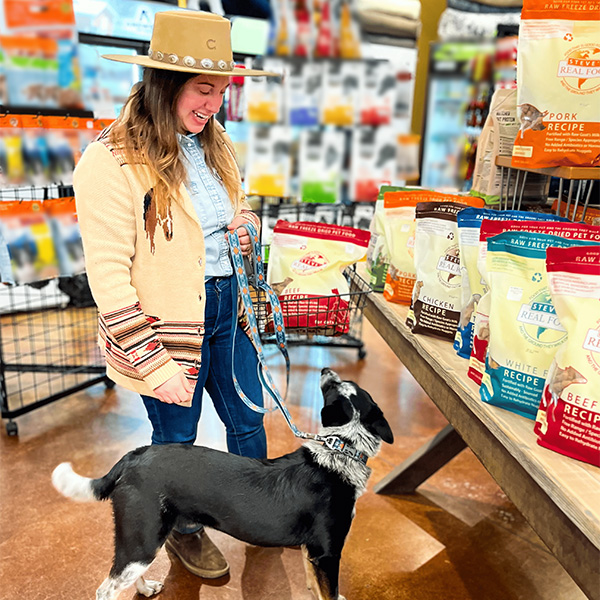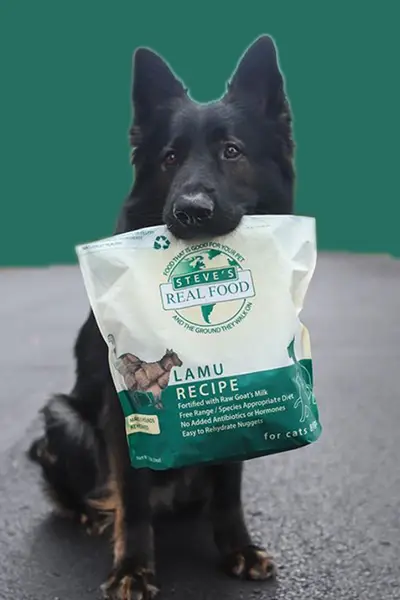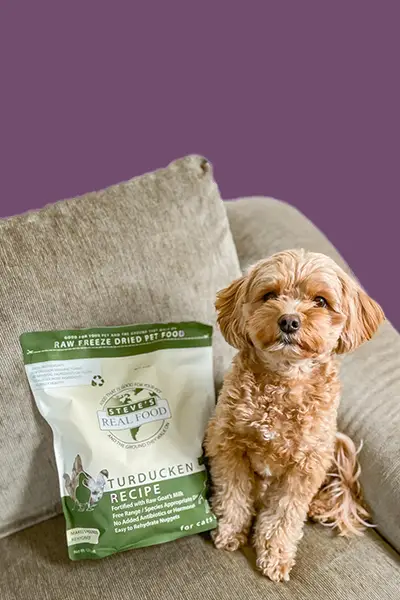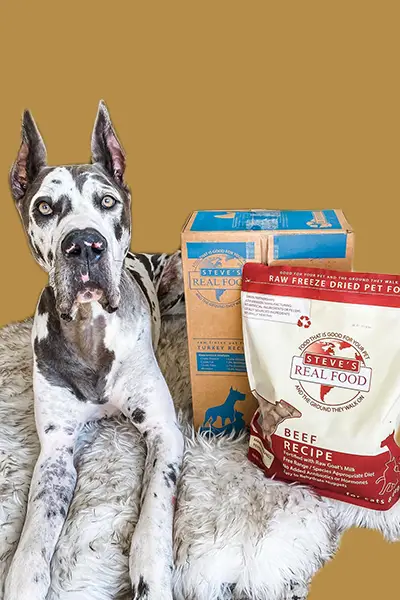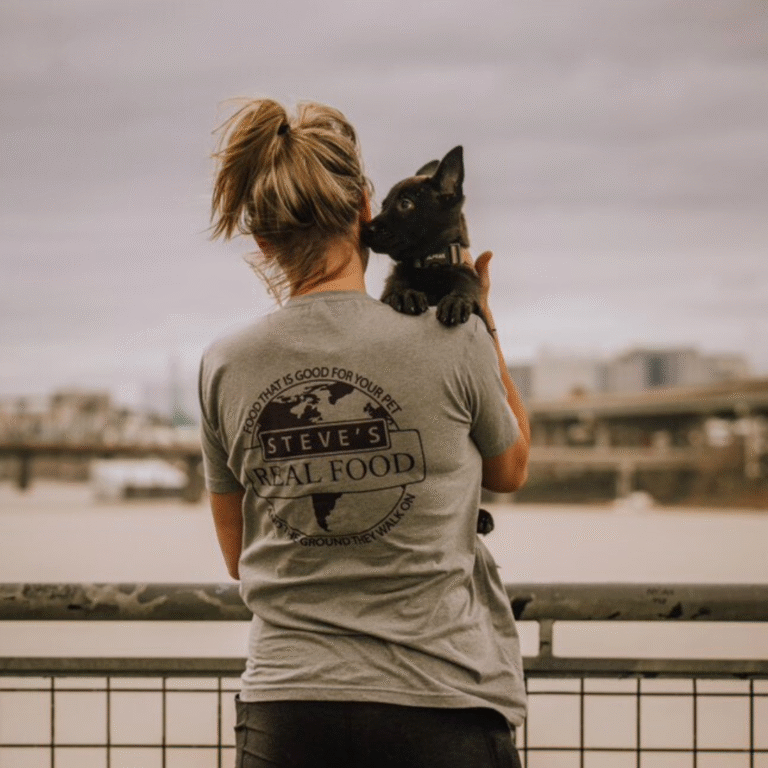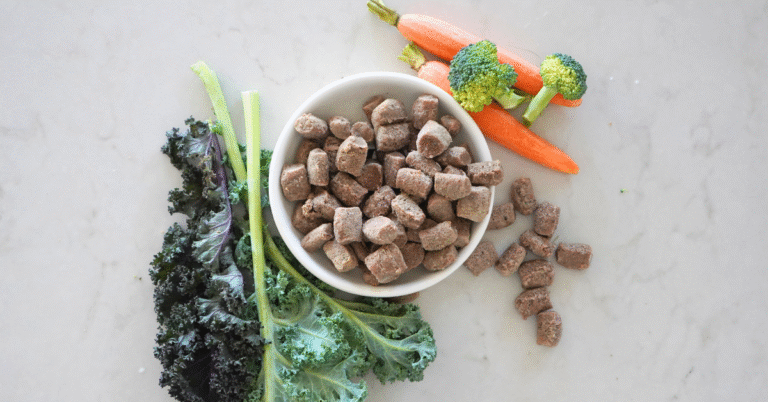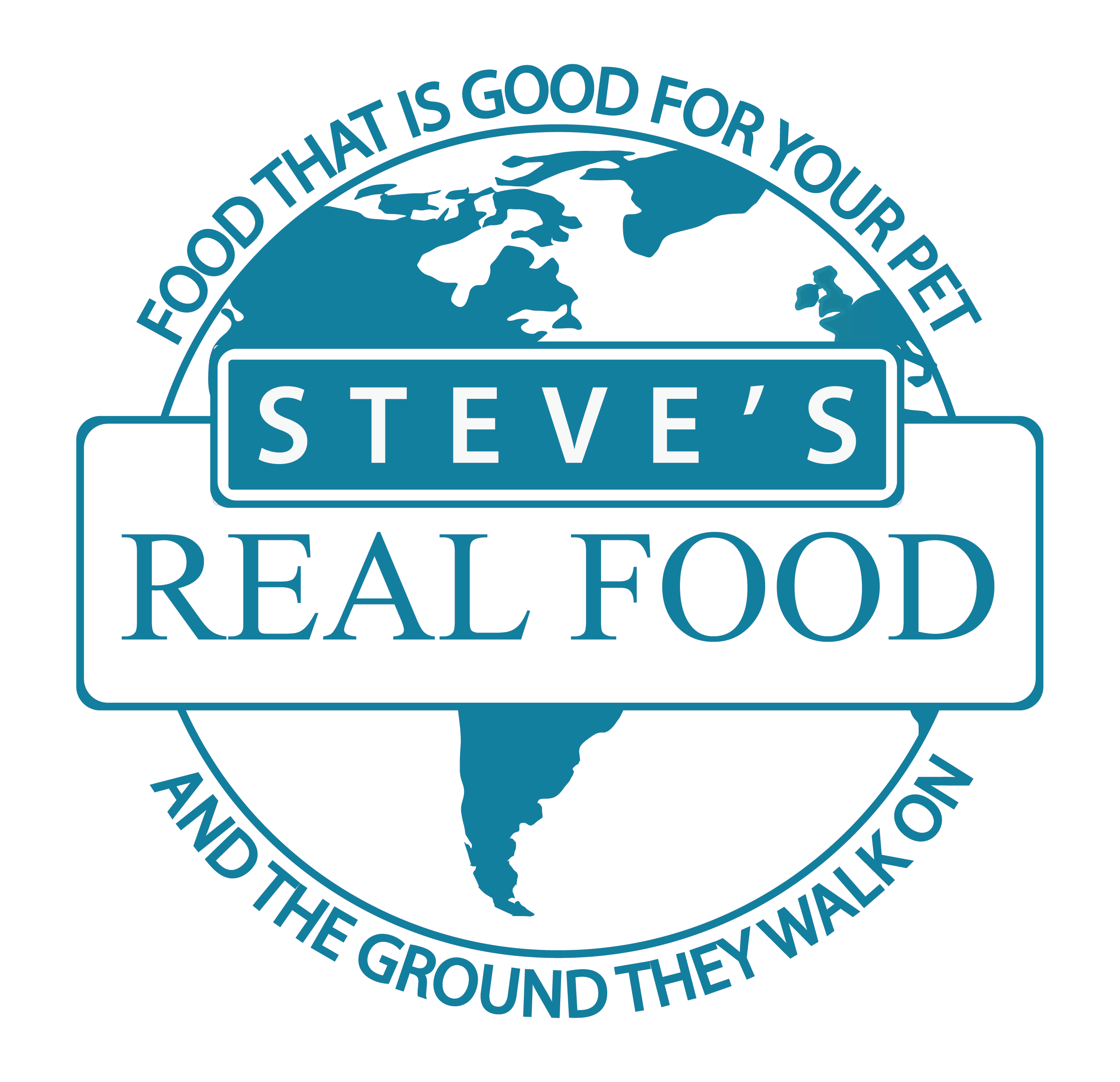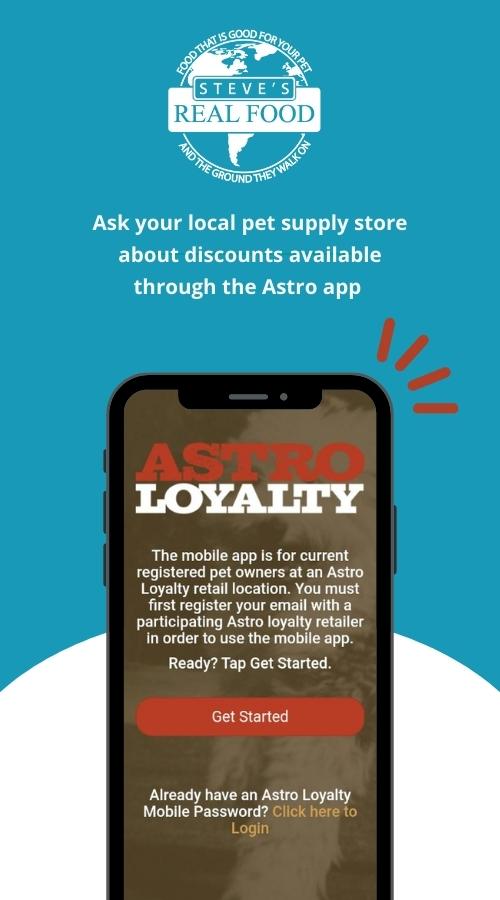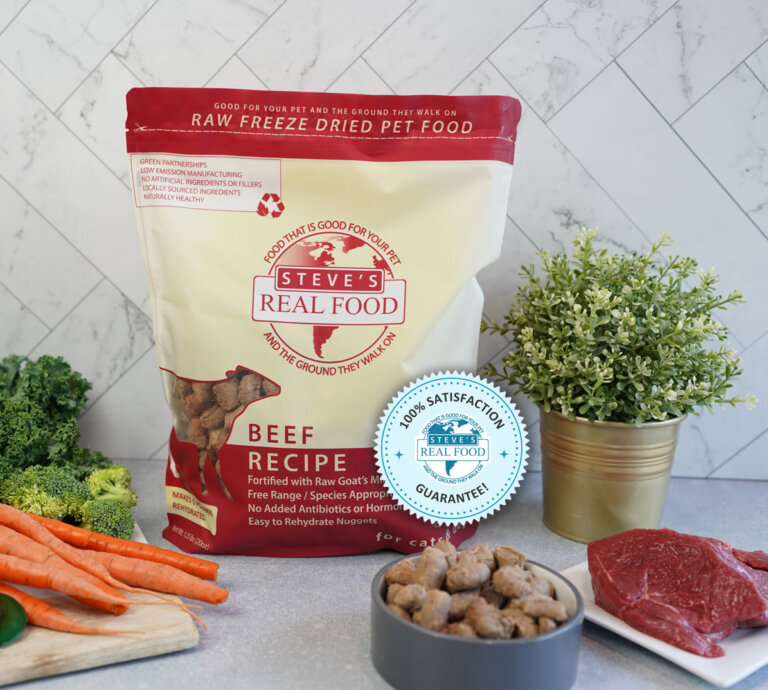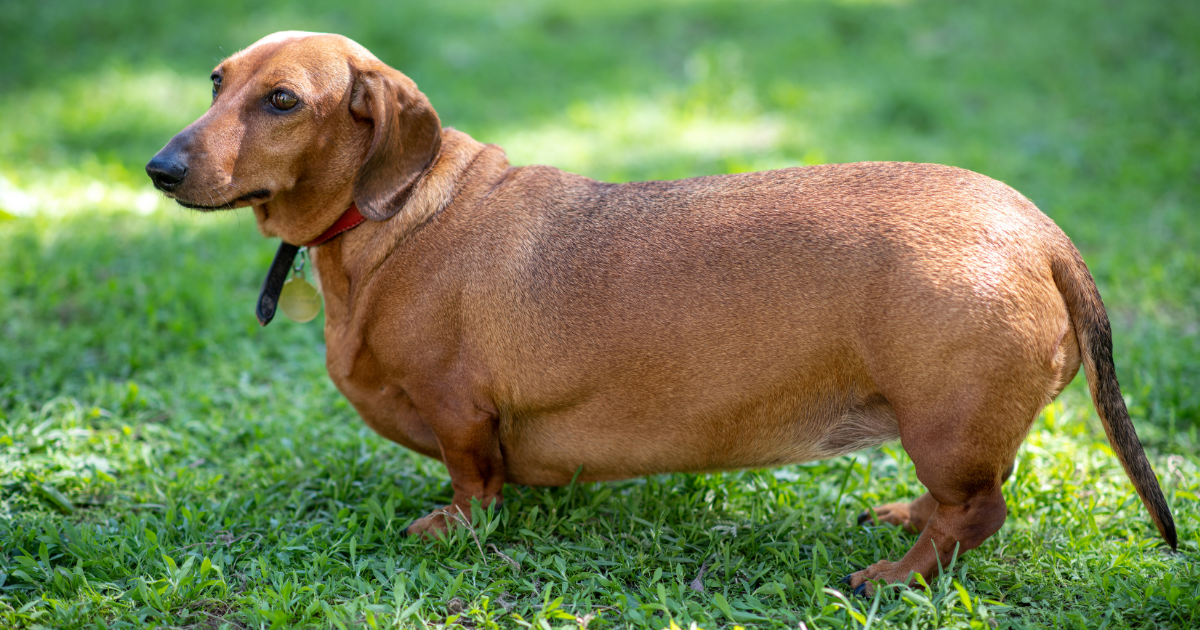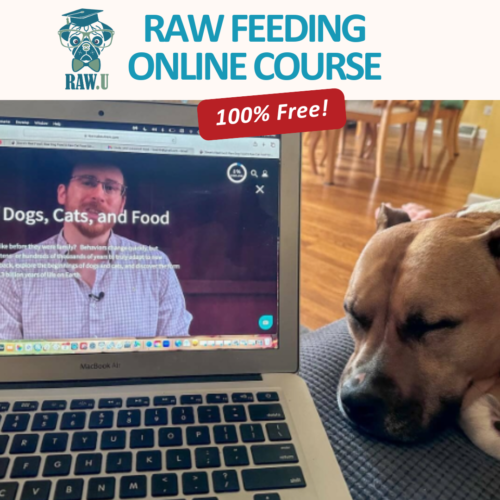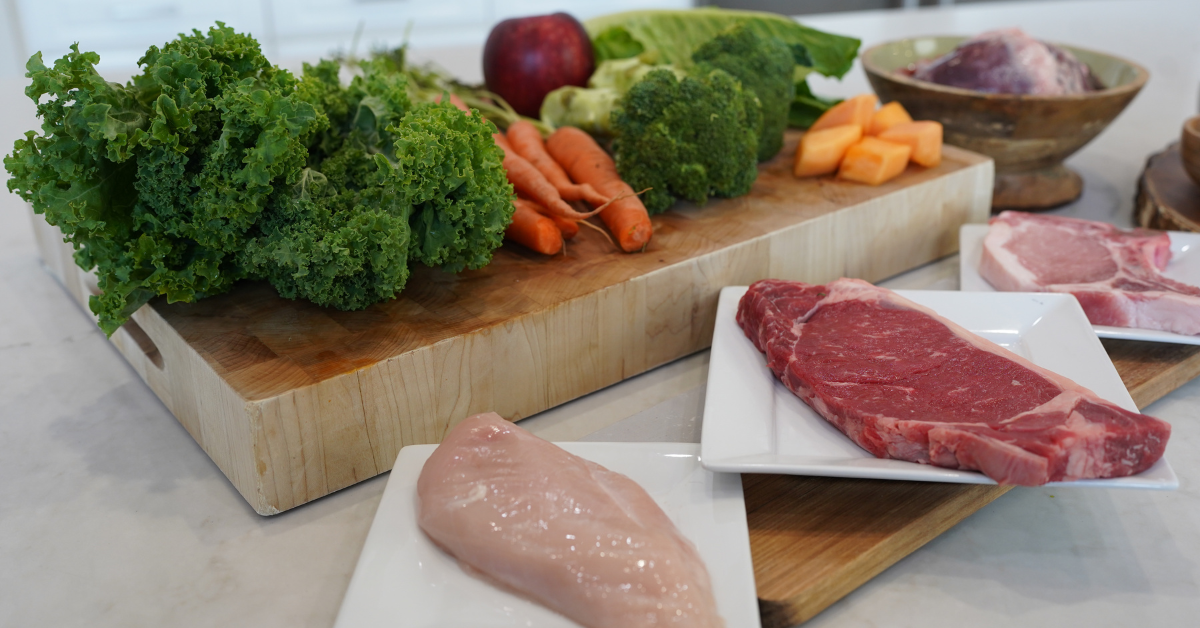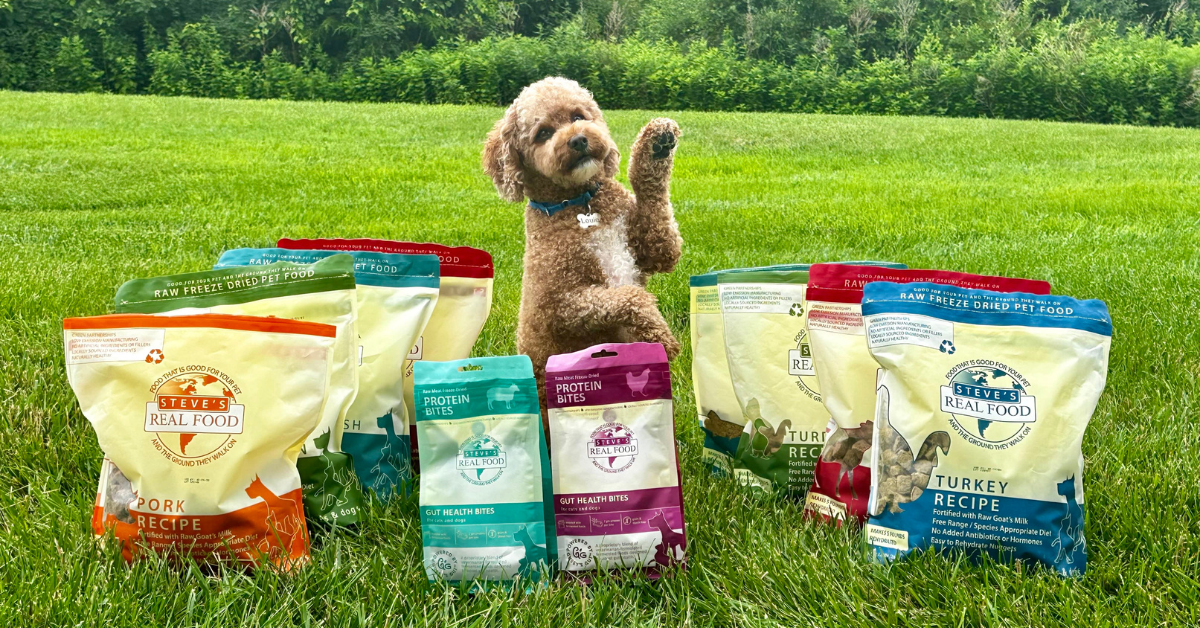According to a 2022 survey by the Association for Pet Obesity Prevention, 59% of dogs in the US were classified as overweight, with many pet owners not even recognizing that their dog was obese.
We’ve all laughed over at least one obese dog meme on the Internet, but even a few extra pounds on your pup is no joking matter. Dog obesity is a serious problem that can lead to a whole host of health issues, including diabetes, arthritis, liver disease, chronic inflammatory disease, heart disease, and even cancer.
Like many things, obesity is widely influenced by food—specifically, the type of food your dog is eating.
The most popular and widely available pet food in the US is kibble, accounting for about 68% of total pet food sales. Unfortunately, the most popular brands of kibble typically contain low-cost ingredients such as grains, starchy veggies, and animal by-products.
Another thing to consider with dog obesity is the amount you’re feeding. Along with a healthy diet, decreasing the amount of food your dog is eating per day can be crucial in weight loss. Make sure to cut back on hearty treats and table scraps as those sometimes “invisible” daily calories can add up in your pup.
Think about it: How would your own body condition and energy levels compare on a diet exclusively of fast food versus fresh, homecooked meals?
If you’re looking for the best weight management dog food, consider a raw diet!
Just as nature intended, a raw diet is primarily composed of meat and organs/bone, with many recipes including smaller amounts of fresh produce or superfoods.
This means your dog is eating fresh, whole foods – and NO empty calories from fillers. Nutrient-dense and packed with high quality protein and only a minimal amount of carbohydrates (typically less than 2%), raw food is easily digestible and helps sustain your dog’s energy.
Want to learn more? Check out all the benefits of a raw diet!
Find a store near you using our Store Locator or buy online at RawPetFood.com, the official online store of Steve’s Real Food!
 Beef
Beef Chicken
Chicken Whitefish
Whitefish Pork
Pork Lamb
Lamb Turkey
Turkey Turducken
Turducken All Protein
All Protein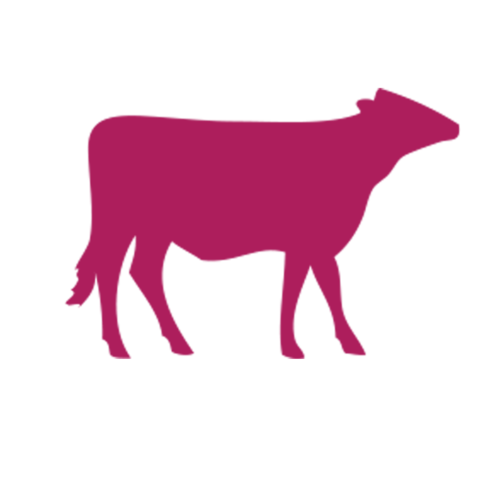 Beef
Beef Chicken
Chicken White Fish
White Fish Pork
Pork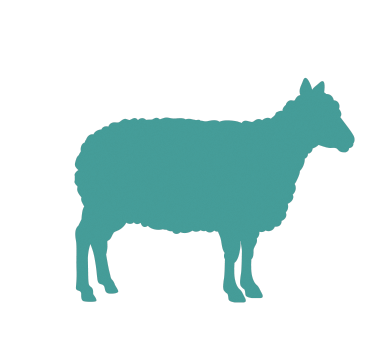 Lamb
Lamb Turkey
Turkey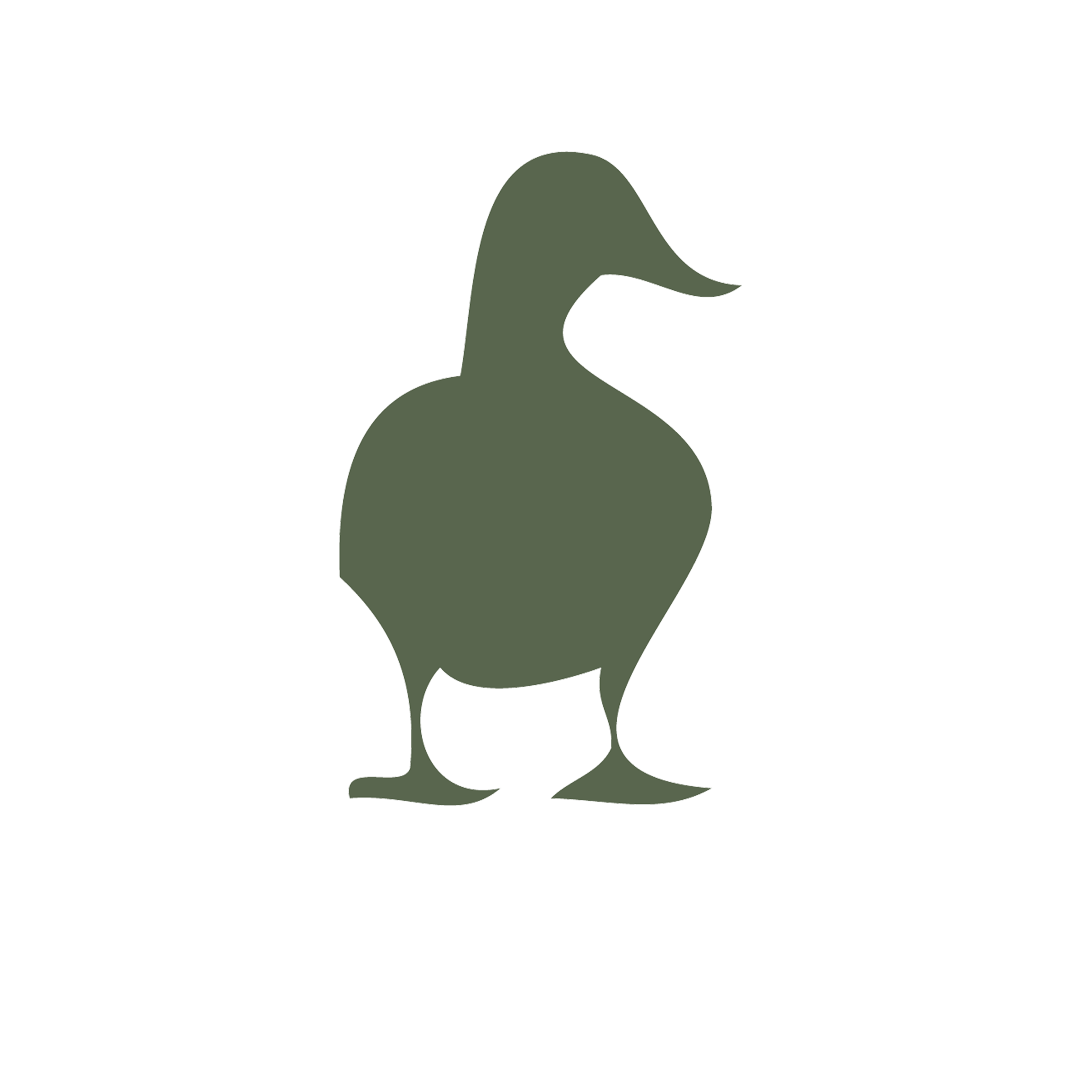 Duck
Duck All Products
All Products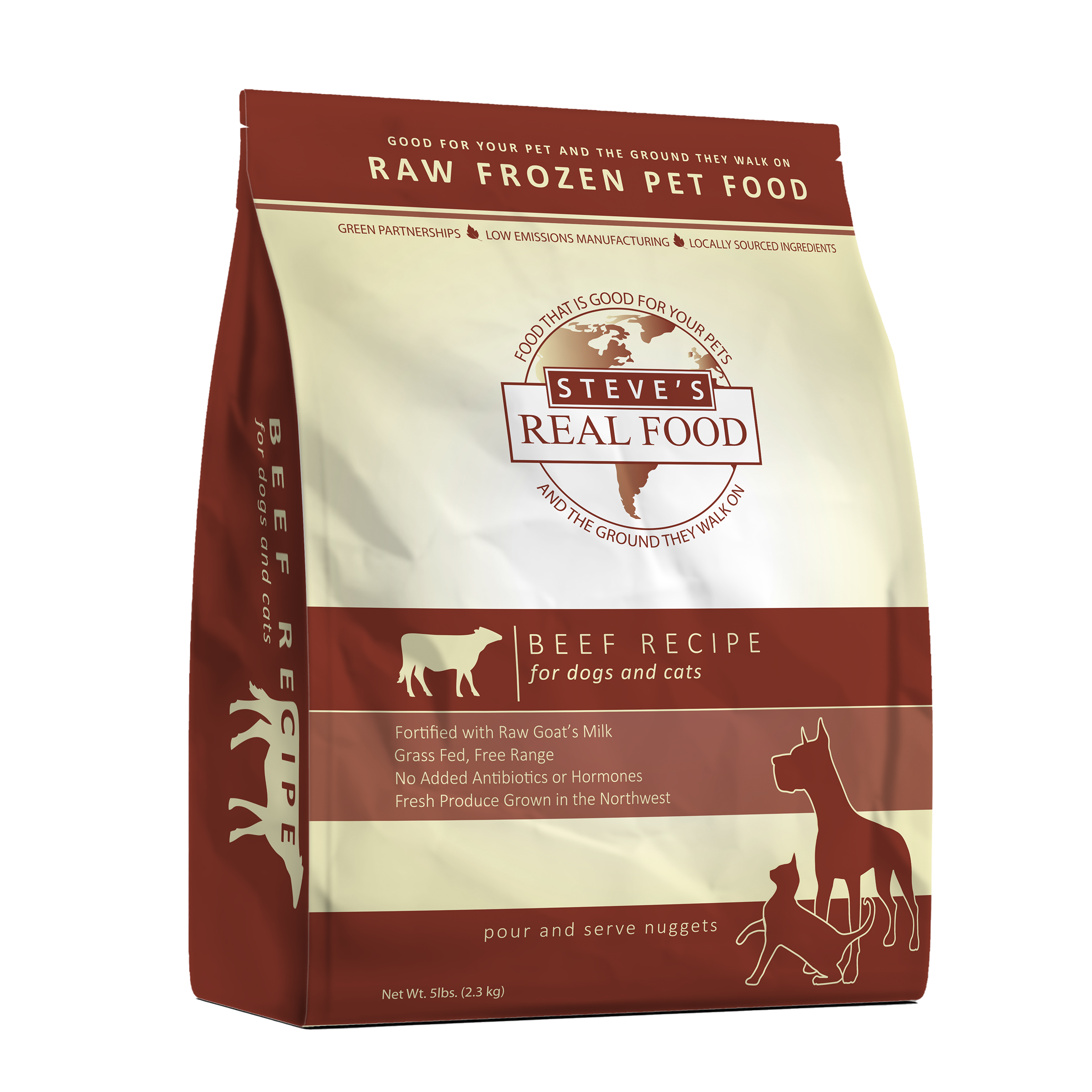 Frozen Raw Pet Food
Frozen Raw Pet Food
 Freeze Dried Raw Pet Food
Freeze Dried Raw Pet Food
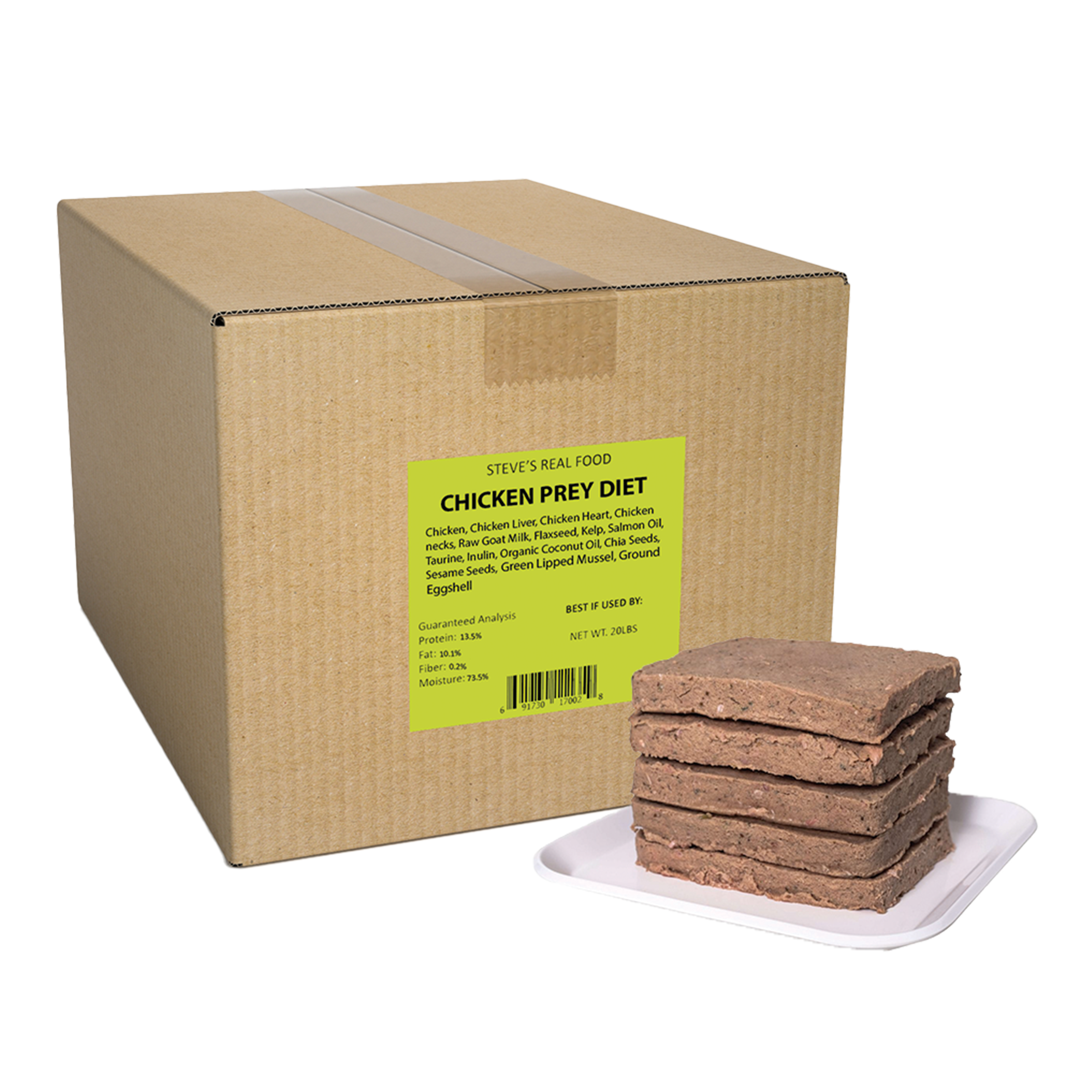 Frozen Prey Diet
Frozen Prey Diet
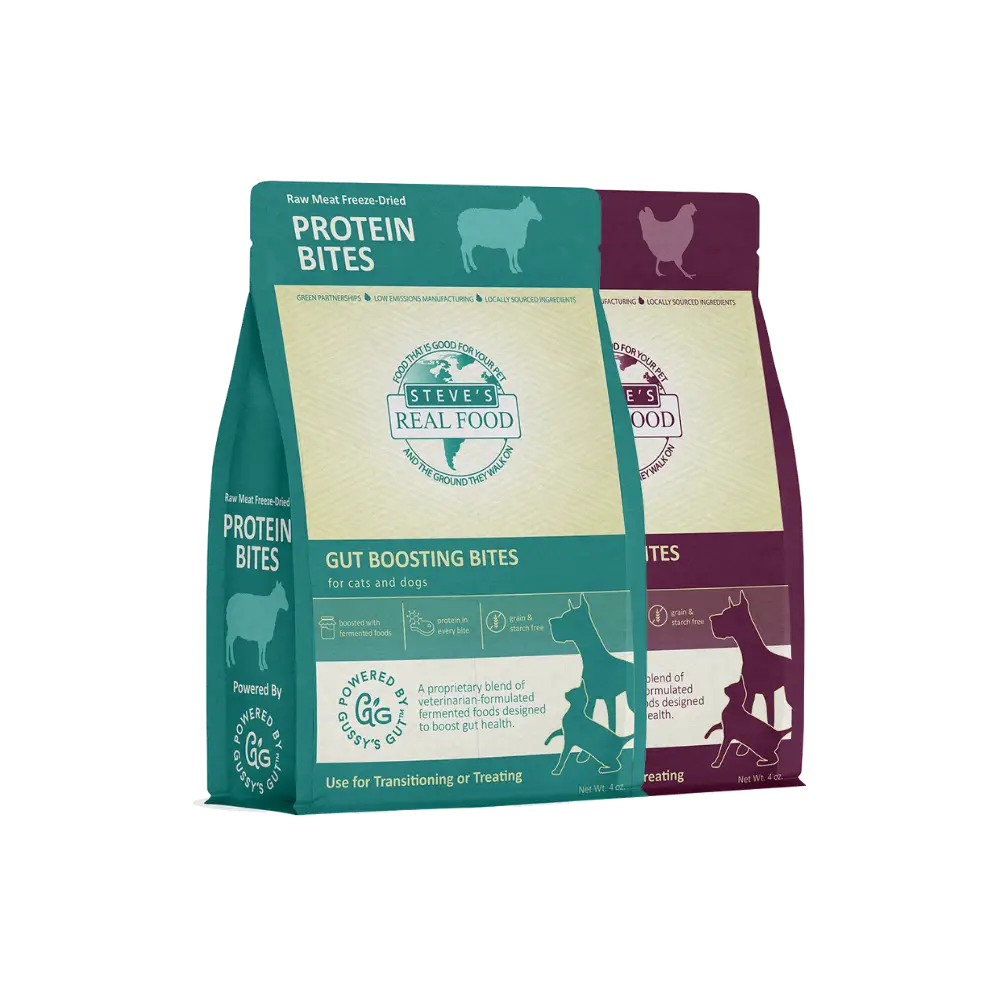 Freeze Dried Protein Bites
Freeze Dried Protein Bites
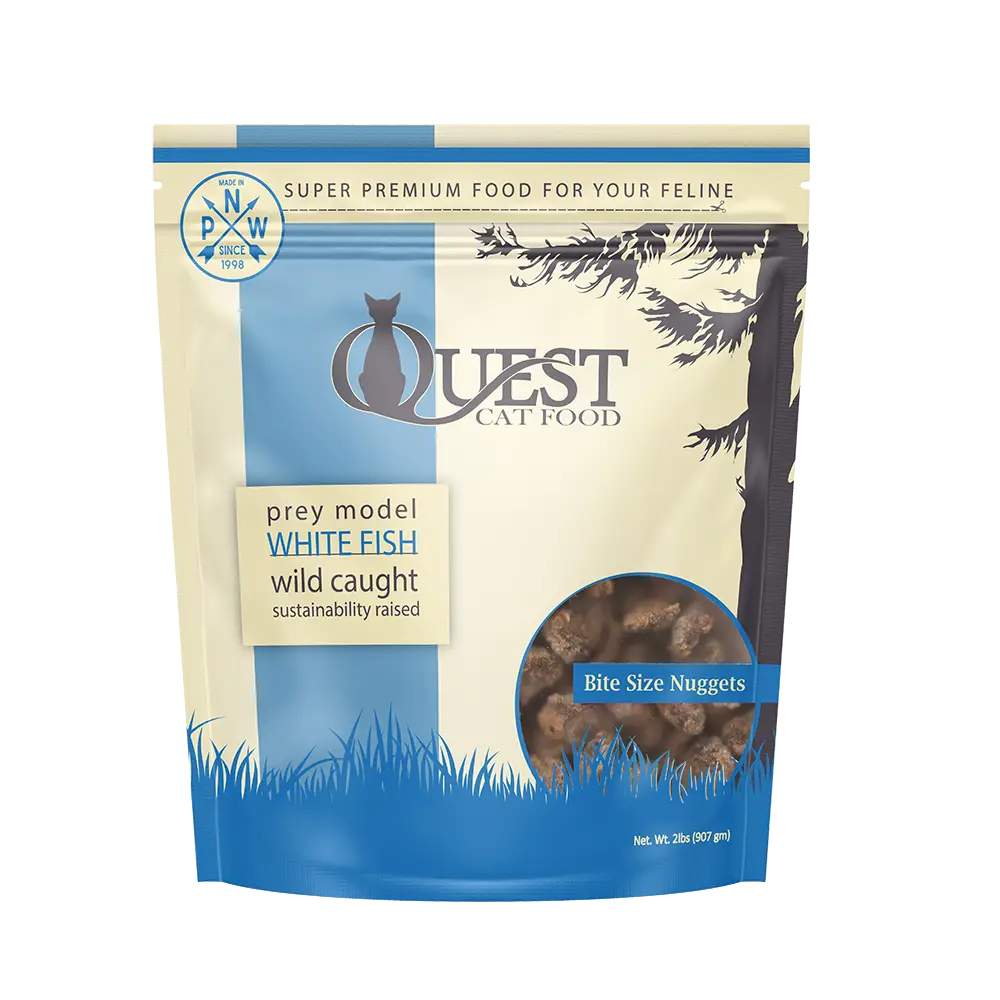 Frozen Quest
Frozen Quest
 Freeze Dried Quest
Freeze Dried Quest
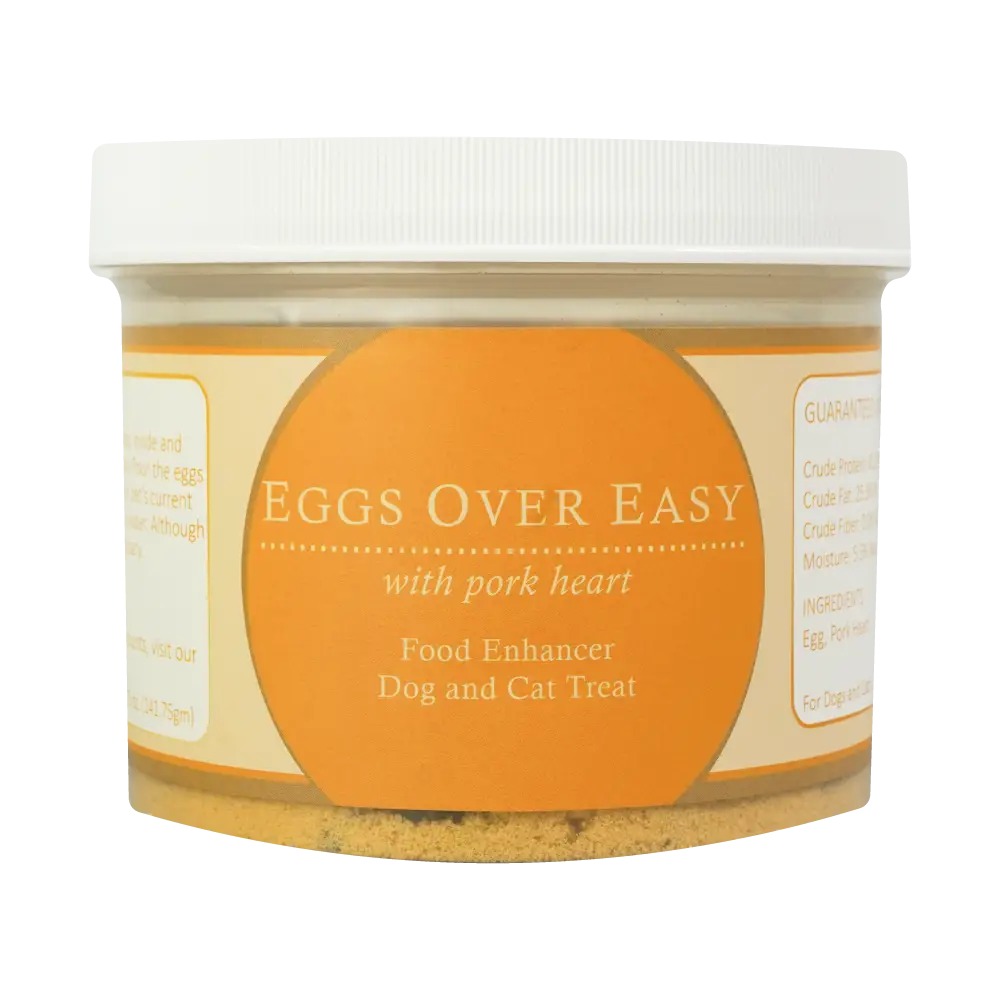 Eggs over Easy
Eggs over Easy
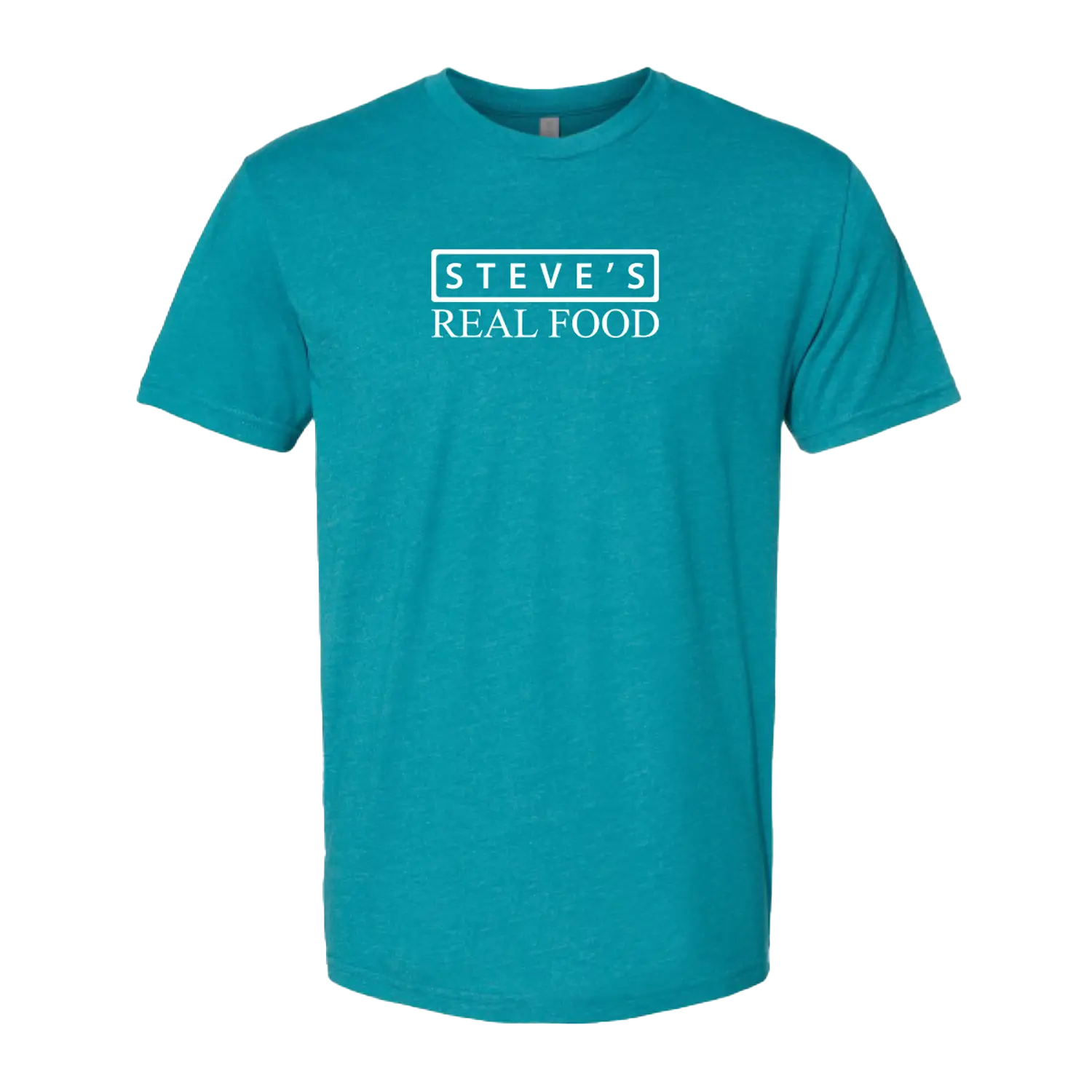 Steve's Merch
Steve's Merch 